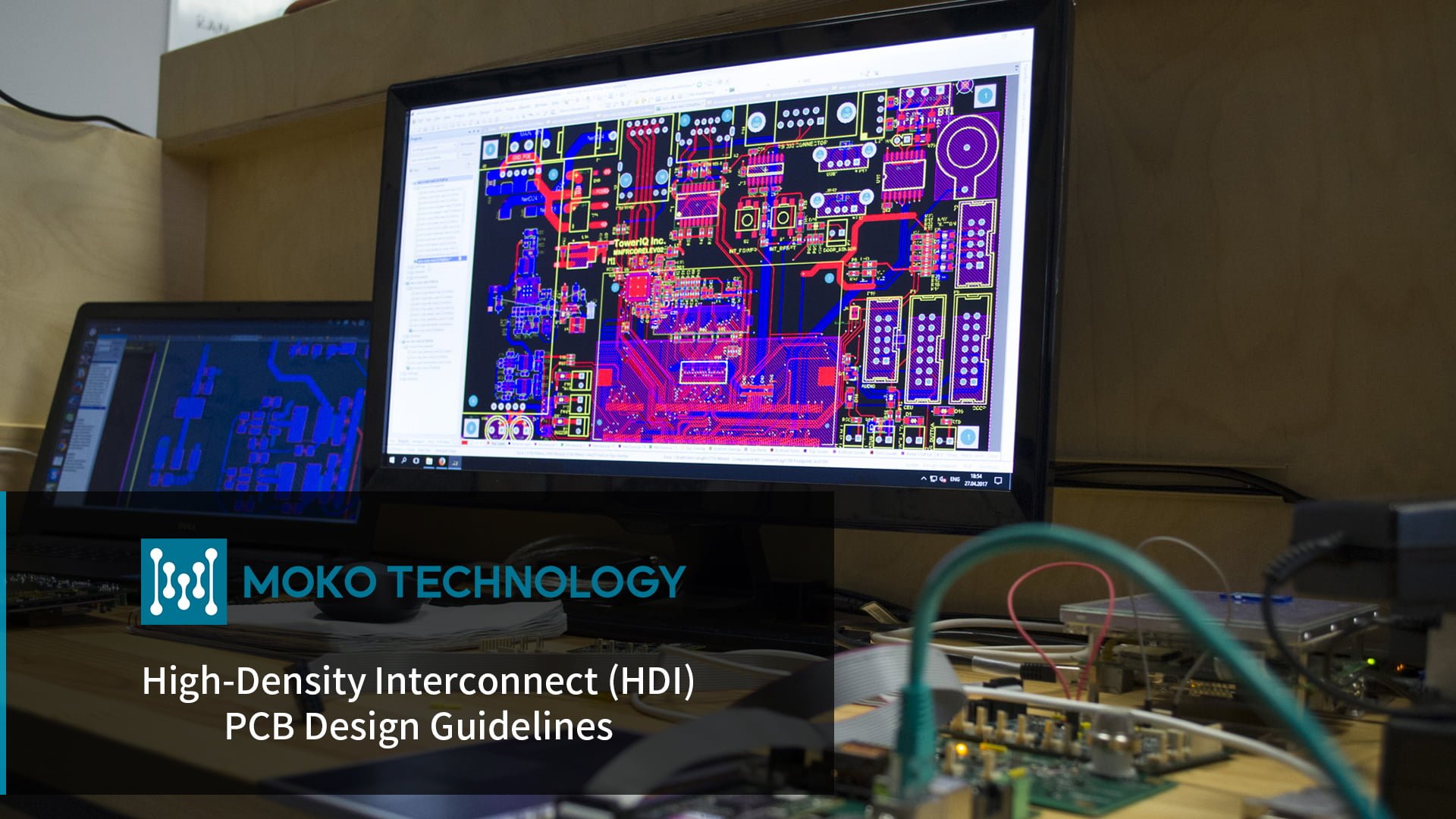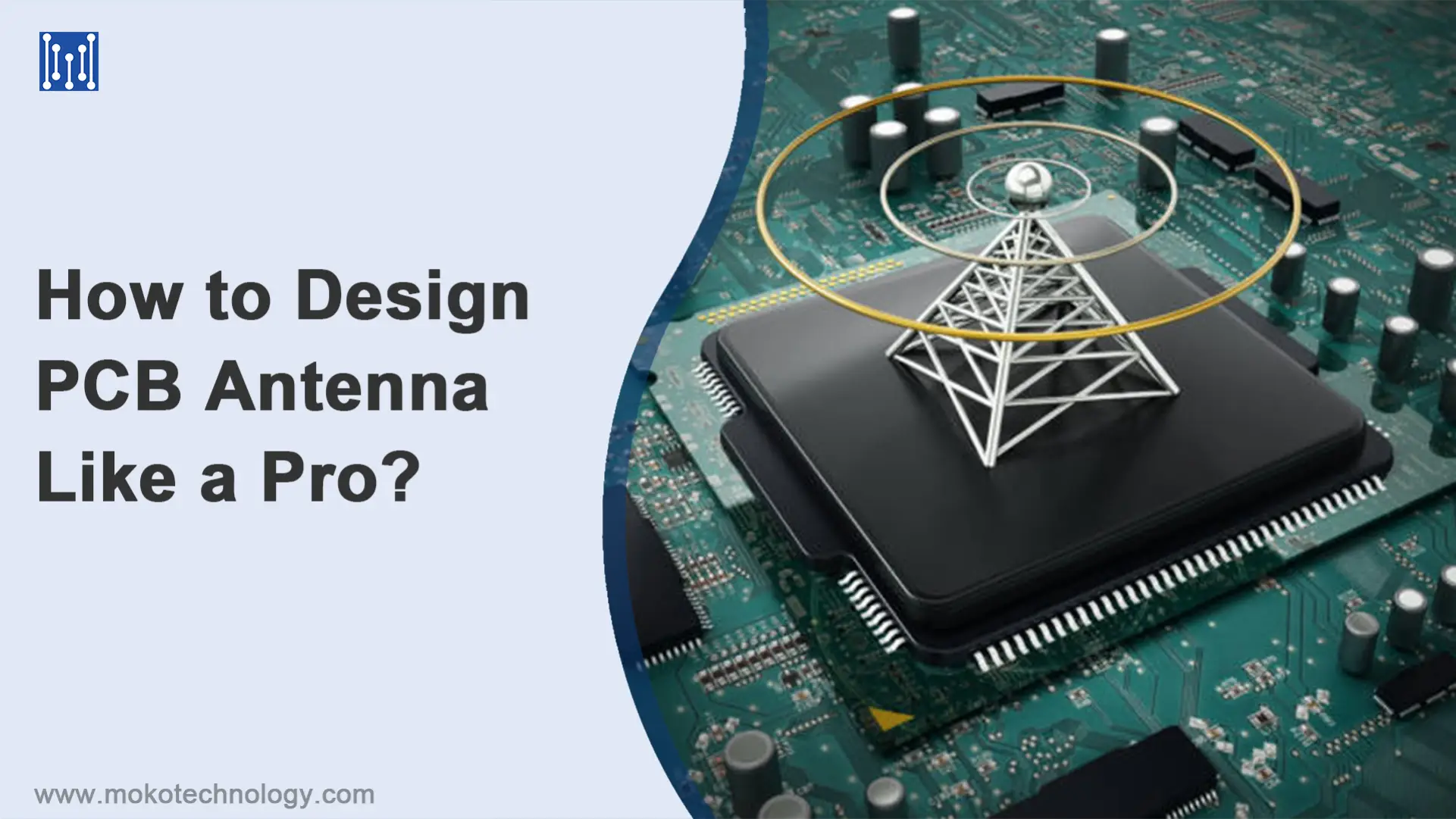There is not one Gerber file, but a separate one for each layer.
By layers, I also mean solder mask layers, silkscreen layers, and solder paste layers, as well as the electrical layers.
- Distinction between them is defined by conventions on the filename, eg annnaa.GTL refers to the “Gerber Top Layer”. But these are just conventions.
- Hole information is in separate files, of which the most important is
the NC drill file. - Another convention is that a line drawn on the outside of each file is intended to be the board outline. Traditionally though, the board outline was provided in a separate, file, often an AutoCad file.
- Internal power planes are also, traditionally created as reverse patterns, ie the shapes, lines etc, represent no copper.
- Copper thickness, the relevant IPC standards, instructions for the silkscreen, the layer stack-up including board and individual layer thicknesses, Dk requirements, prepreg type selection, etc. are all usually included in separate files. As is a drill table.
But it is also common to include much of that as text data on the “Drill Layer”. Again, this is just a convention.
- Gerber files, in themselves, are very incomplete. They are a design output to which a lot more information has to be added. There is no simple way to go backwards from the Gerber files.
It is a bit easier with RS274X, which can have (but rarely does) multiple layers in 1 file.
The most important addition with ‘X’ was embedding the aperture table in the files.
The original Gerber machines shone light through holes in a wheel. Each wheel had 25 “holes”. Each hole might be a circle, rectangle. Gerber file commands are a set of light on/off commands, interweaved with X,Y coordinate pairs. Light would be made to shine through the selected hole and as the arm with the wheel on it moved, an image was traced on a film. The wheel positions were D01 .. D25. And you will see this “Dnn” pattern through the Gerber file.This text represents either the current wheel position, or a new one.
If you had more than 25, then the wheel positions might also include D26.. D50, and so on. One was supposed to change the wheels, ie run the file several times, changing wheels as required. Gerber had a set of standard wheels, and you were supposed to either use these, or you could have a wheel made up for you.
Long, long ago, such analogue film systems went the way of the Dodo.
But until ‘X’ your CAD system had to create a separate aperture table file, which had a way to define what shape D01 was, D02 etc. ‘X’ simplified that by incorporating the aperture table into each Gerber file.
#PCB Design



